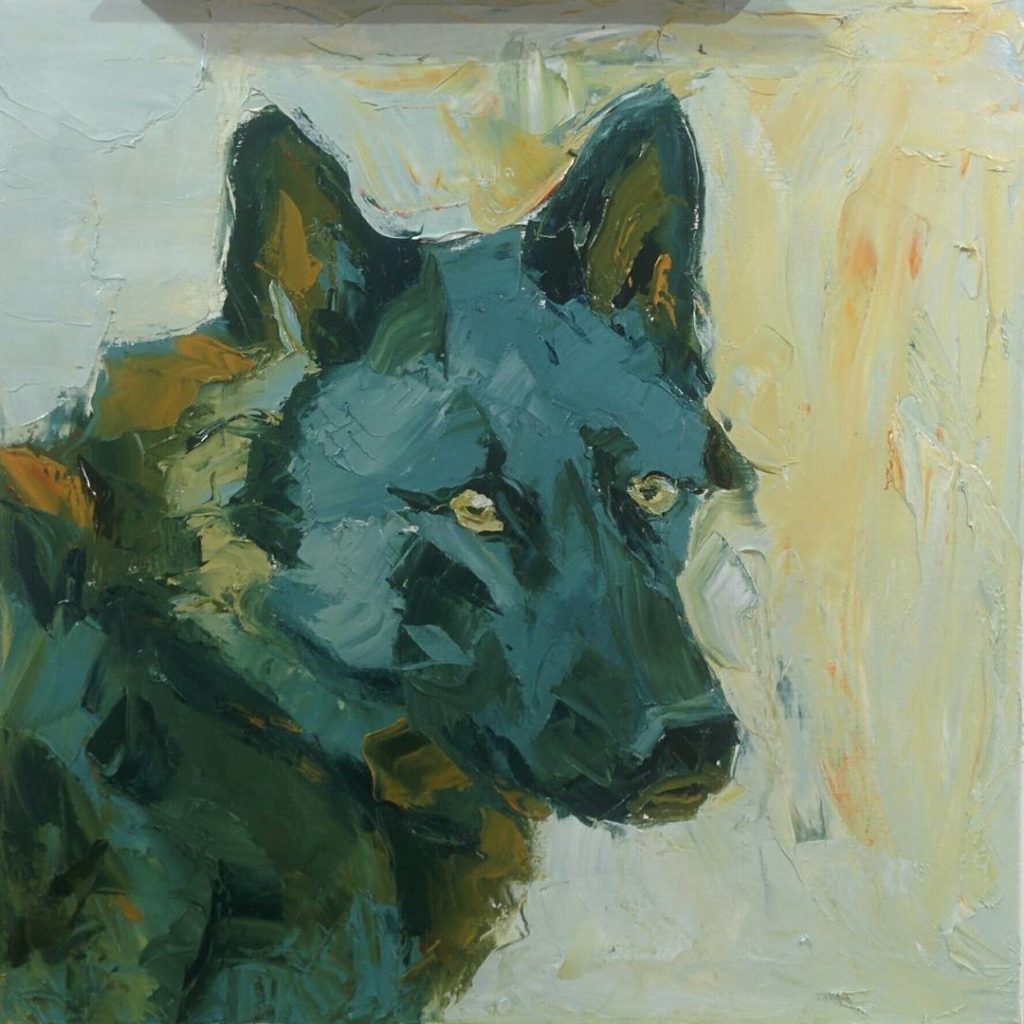Saving species to save ourselves.
As I’ve explored this month’s theme, Keep it Wild, looking at the work of wildlife and conservation artists and powerful images of flora and fauna that inhabit our world, I noticed there is an artist partner or partners out there for almost every endangered or threatened species. From snow leopards to song birds, artists have rallied to help draw attention to the issues and support the organizations working on behalf of those without words.

So I wondered, how many endangered species are there? What is the picture closer to home? While many people might express a note of concern over the plight of an exotic species such as a rhinoceros, are they willing to change behaviors to make a difference? How our actions impact creatures on the other side of the planet might seem hard to connect with. How about how our actions impact species in our backyard, and how their loss could impact us? For example, let’s look at the avian state of the world here in North America – where the bird population is three billion birds short of 1970 numbers. Birds are a vital part of our food chain and ecology. In a nutshell, pesticide use (= less bugs) and habitat loss have resulted in lower bird populations, which means less bird predators, and eventually less animals overall. That means less bird watching for one, but as the creatures in the food chain change, there may also be impacts to the human food chain too. And birds are just one category of animals on the decline.
Across the world there are over 41,000 species of mammals, birds and insects on the U.N. Red List, with 16,000+ listed as endangered. Closer to home, in Washington State, 45 species are endangered or threatened. Another 102 candidates are under review, including several species of salmon (Chinook, Chum, Sockeye and Steelhead) which are a key part of the northwest ecosystem, as well as a vital ingredient in local culture, cuisine, and economies. So, what kinds of creatures might future generations miss out on? Let’s take a look at just the 45 species on the Washington State Endangered and Threatened Species List:
MAMMALS
- Pygmy Rabbit
- Fin Whale
- Sei Whale
- Blue Whale
- Humpback Whale
- North Pacific Right Whale
- Sperm Whale
- Killer Whale
- Gray Whale
- Gray Wolf
- Grizzly Bear
- Lynx
- Fisher
- Columbian White-tailed Deer
- Woodland Caribou
- Sea Otter
- Western Gray Squirrel
- Mazama Pocket Gopher

BIRDS
- Sandhill Crane
- Snowy Plover
- Upland Sandpiper
- Marbled Murrelet
- Tufted Puffin
- Columbian Sharp-tailed Grouse
- Northern Spotted Owl
- Yellow-billed Cuckoo
- Streaked Horned Lark
- American White Pelican
- Greater Sage-Grouse
- Ferruginous Hawk
- Common Loon

REPTILES
- Western Pond Turtle
- Leatherback Sea Turtle
- Loggerhead Sea Turtle
- Green Sea Turtle
AMPHIBIANS
- Oregon Spotted Frog
- Northern Leopard Frog
- Larch Mountain Salamander
INVERTEBRATES
- Oregon Silverspot Butterfly
- Taylor’s Checkerspo
- Mardon Skipper
- Pinto Abalone
FISH
- Pygmy Whitefish
- Margined Sculpin
- Olympic Mudminnow
I was surprised to find so many just in my own state, and these aren’t even the ones up for consideration! If this state of the species spurs you to take action, here are four ways you can help save species at risk:
- Support non-profit organizations (World Wildlife Federation, National Audubon Society, etc.) working to save an animal, plant or fish you’d like to see stick around.
- Visit a local, state or national wildlife refuge, park or forest.
- Create wildlife habitat by planting native plants in your yard or by lending a hand at a native planting event at a local school or park.
- Volunteer to count birds and other wildlife, catalog urban trees or participate in other citizen science projects in your area, from beach or stream cleanup to non-native plant removal.
And see my pasts posts tips on fighting climate change and using less plastic, both of which would be beneficial to all species.

Way cool! Some extremely valid points! I appreciate you penning this article plus the rest of the website is really good. Darsey Gene Kort